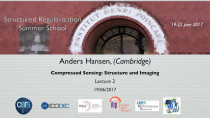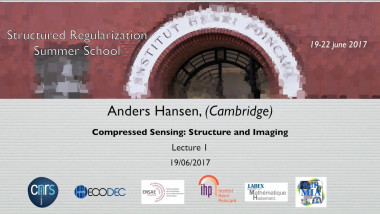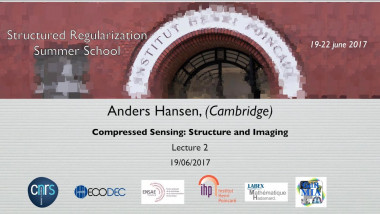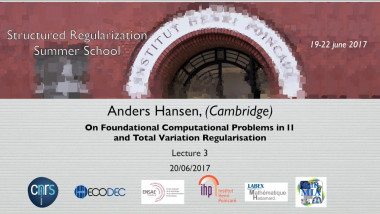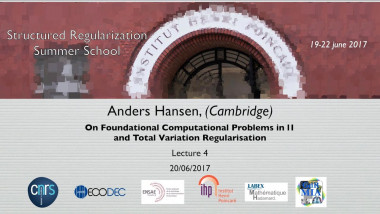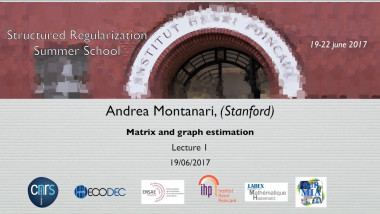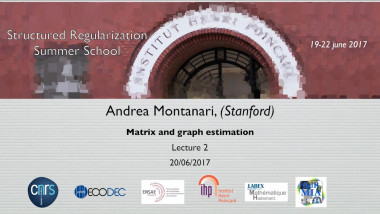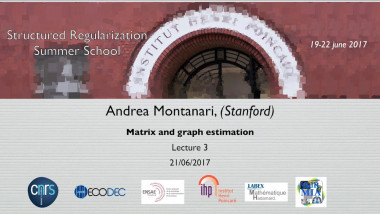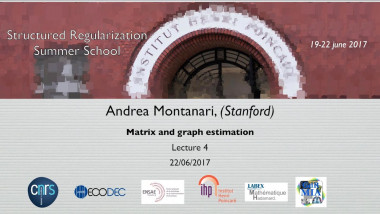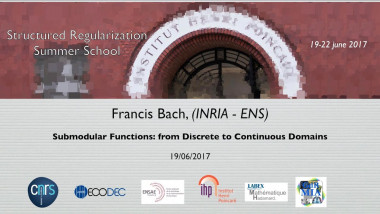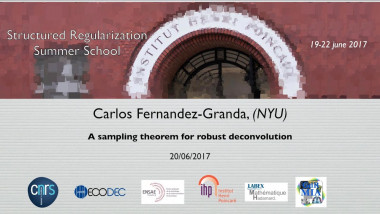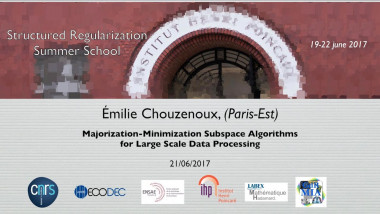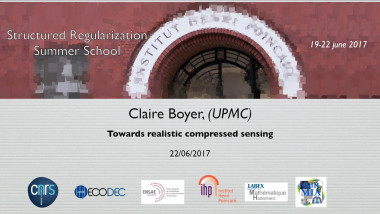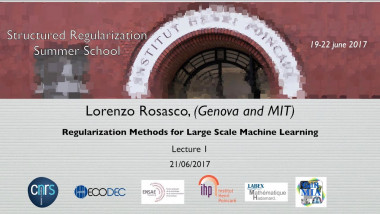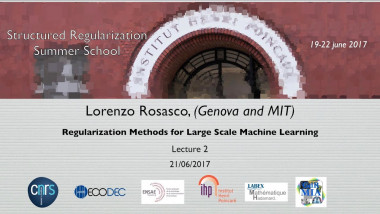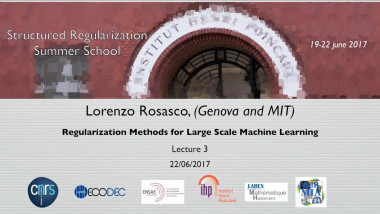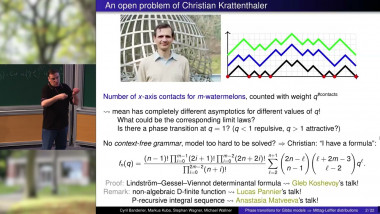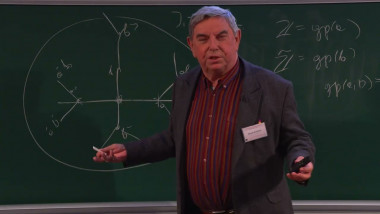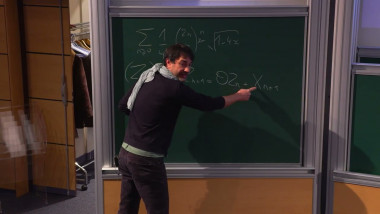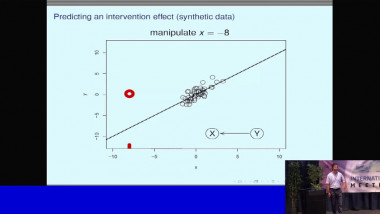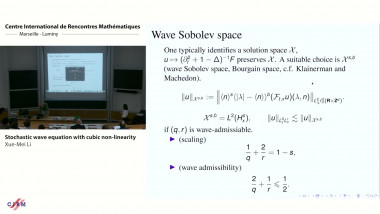On Foundational Computational Problems in l1 and Total Variation Regularisation 4
The use of regularisation techniques such as l1 and Total Variation in Basis Pursuit and Lasso has been a great success in wide areas of mathematics and statistics over the last decades. However, in these lectures I will discuss the following paradox: it is impossible to design algorithms to solve these general problems accurately when given inaccurate input data, even when the inaccuracies can be made arbitrarily small. As a simple number such as root(2) never comes with an exact numerical representation, inaccurate data input is a daily encounter. The impossibility result implies that for any algorithm designed to solve these problems there will be cases where the algorithm fails in the following way: For fixed dimensions and any small accuracy parameter epsilon less than 0, one can choose an arbitrary large time T and find an input such that the algorithm will run for longer than T and still not have reached epsilon accuracy. Moreover, it is impossible to determine when the algorithm should halt to achieve an epsilon accurate solution, and hence the algorithm will never be able to produce an output where one knows that the output is at least epsilon accurate. The largest epsilon for which this failure happens is called the Breakdown-epsilon. For Basis Pursuit and Lasso, the breakdown epsilon is greater than 1/3 even when the input is well conditioned. The paradox opens up for a new rather delicate classification theory of which problems can be computed accurately. For example, given standard assumptions from sparse recovery, there are algorithms that can compute a solution to Basis Pursuit accurately, however, this is impossible for Lasso and Basis Pursuit with noise parameter delta less than 0. However, one can compute a solution accurately up to the Breakdown-epsilon that tends to zero when delta tends to zero, and coincides with the error bound provided in the theory of sparse recovery. This helps explaining the success of many modern algorithms applied in numerous real-world scenarios, and also explains the cases where algorithms will fail and why. Recommended readings: (lectures 3 and 4) - Chapter 3 and 15 in "A mathematical introduction to compressed sensing" (Foucard/Rauhut). - A first-order primal-dual algorithm for convex problems with applications to imaging











